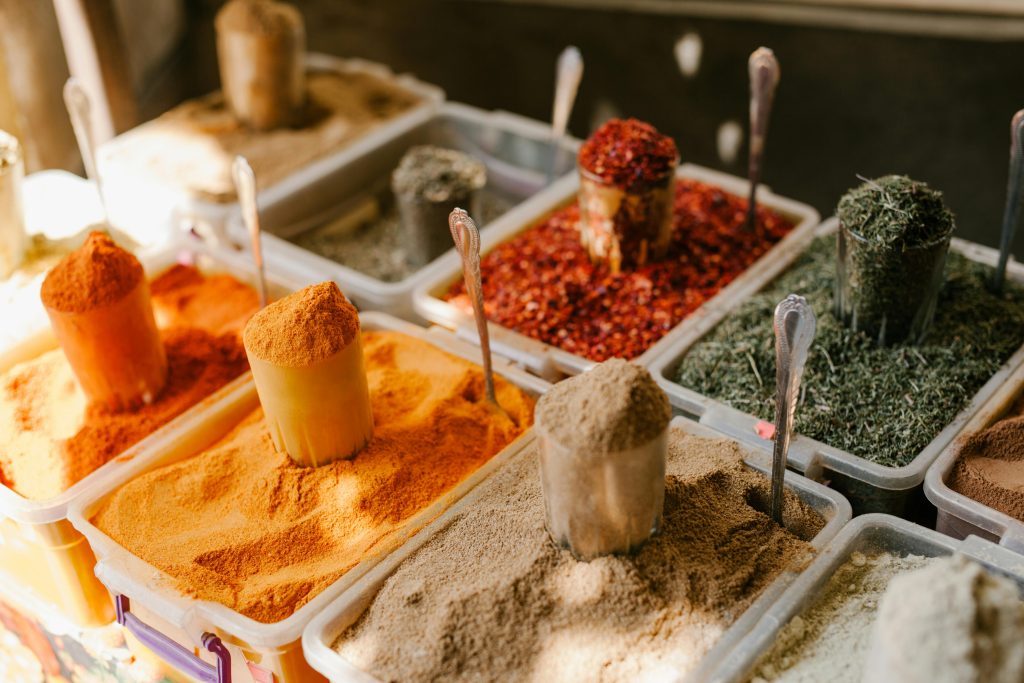Spice boxes are essential kitchen companions that add flavor and aroma to our culinary adventures. Whether you’re a professional chef or an enthusiastic home cook, having the right spice box can significantly enhance your cooking experience. In this guide, we’ll delve into the world of spice boxes, exploring their different sizes, wood qualities, and why they’re indispensable in every kitchen.

Why Spice Boxes Matter:
Spice boxes, also known as masala dabba or spice tins, are compact containers designed to store and organize a variety of spices. They not only keep your spices fresh but also ensure easy access during cooking, saving time and effort in the kitchen.
Different Sizes for Every Need:
Spice boxes come in various sizes to accommodate different preferences and requirements. From compact options for minimalist kitchens to larger ones for avid cooks, there’s a spice box size to suit every need.
Compact Spice Boxes:
- Ideal for small kitchens or individuals with limited storage space, compact spice boxes typically feature six to eight compartments. Despite their size, they offer ample room to store essential spices, ensuring convenience without compromising on functionality.
Medium-Sized Spice Boxes:
- Medium-sized wooden masala box strike a balance between space-saving design and storage capacity. With around ten to twelve compartments, they cater to the needs of most home cooks, providing enough room for commonly used spices while remaining compact enough to fit neatly on countertops or in cabinets.
Large Spice Boxes:
- For culinary enthusiasts with an extensive spice collection, large spice boxes are a must-have. These spacious containers boast upwards of sixteen compartments, allowing for the storage of a wide range of spices, herbs, and seasonings. Their generous size ensures that no spice is left behind, empowering cooks to experiment with diverse flavors and cuisines.
Wood Quality: A Crucial Consideration
When choosing a spice box, the quality of the wood is a critical factor to consider. Not only does it impact the box’s durability and longevity, but it also adds aesthetic appeal to your kitchen decor.
High-Quality Hardwoods:
- Spice boxes crafted from high-quality hardwoods such as teak, acacia, or walnut are prized for their durability and natural beauty. These woods are resistant to moisture, ensuring that your spices remain fresh and flavorful for longer periods. Additionally, their rich grains and finishes add an elegant touch to any kitchen setting, making them a timeless choice for discerning cooks.
Sustainable Bamboo:
- Bamboo has emerged as a popular choice for eco-conscious consumers due to its sustainability and renewability. Spice boxes made from bamboo offer durability comparable to hardwoods while boasting a lighter environmental footprint. Bamboo’s rapid growth rate and regenerative properties make it an excellent choice for those seeking eco-friendly kitchenware without compromising on quality.
Transitioning to the Best Pick:
In conclusion, the size and wood quality of a spice box play pivotal roles in its functionality and aesthetic appeal. Whether you opt for a compact, medium-sized, or large spice box, choosing one crafted from high-quality hardwoods or sustainable bamboo ensures longevity and enhances your culinary experience. With the right spice box by your side, you’ll be well-equipped to embark on flavorful culinary adventures with confidence and ease.





